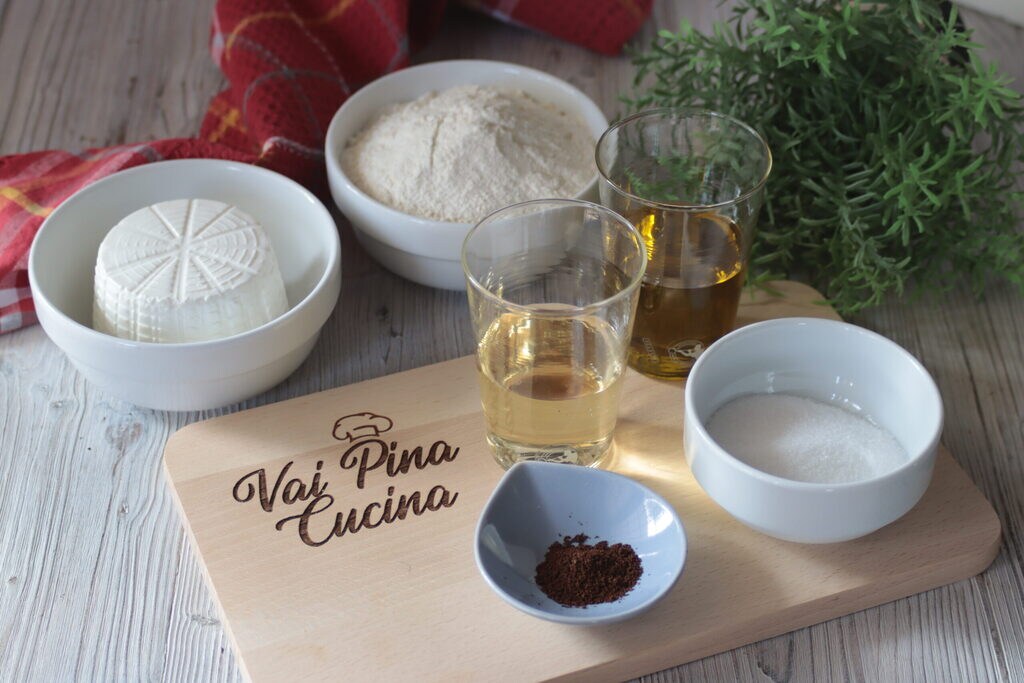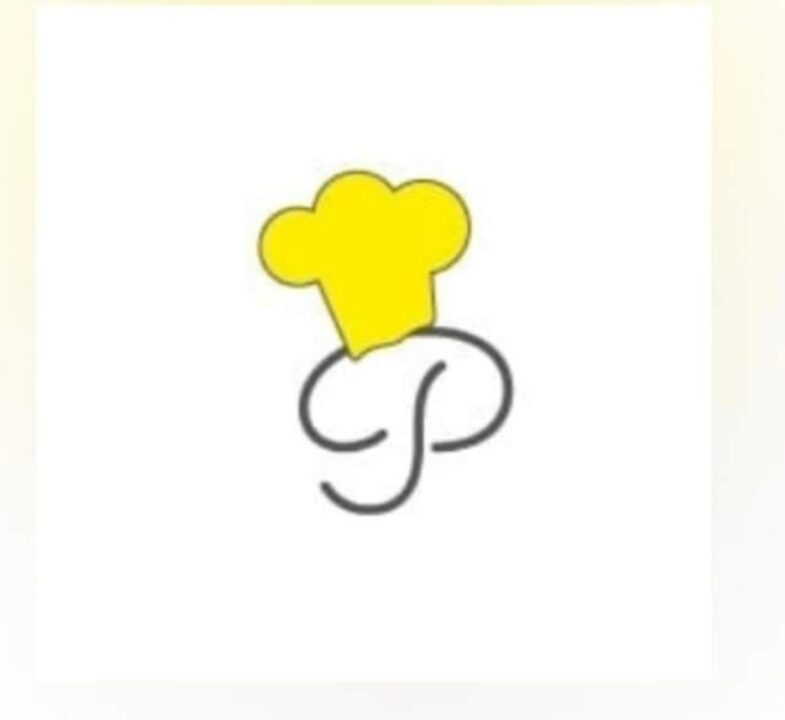
- Difficulty: Very easy
- Cost: Economical
- Rest time: 2 Hours
- Preparation time: 30 Minutes
- Portions: 8
- Cooking methods: Frying
- Cuisine: Regional Italian
- Seasonality: All seasons
- Energy 600.06 (Kcal)
- Carbohydrates 31.98 (g) of which sugars 9.94 (g)
- Proteins 6.42 (g)
- Fat 50.65 (g) of which saturated 10.17 (g)of which unsaturated 30.41 (g)
- Fibers 0.69 (g)
- Sodium 27.61 (mg)
Indicative values for a portion of 95 g processed in an automated way starting from the nutritional information available on the CREA* and FoodData Central** databases. It is not food and / or nutritional advice.
* CREATES Food and Nutrition Research Center: https://www.crea.gov.it/alimenti-e-nutrizione https://www.alimentinutrizione.it ** U.S. Department of Agriculture, Agricultural Research Service. FoodData Central, 2019. https://fdc.nal.usda.gov
About Ricotta
Ricotta is produced all over Italy, but in Sicily, it’s enriched with cinnamon, chocolate, candied fruits, orange, and lemon zest. Fresh and candied like snow, ricotta boasts a long history; the ancient Romans called it Recoctus, and its name comes from the re-cooking of whey obtained after cheese production. Let’s take a tour of Italy because this delicate white and slightly grainy cheese is produced throughout the country, not just in Sicily, where besides fresh, it’s baked and sprinkled with black pepper. The Calabrian version is sprinkled with chili pepper, the “marzotica” is from Puglia wrapped in aromatic leaves (marzotica is produced in March), the Friulian is smoked, and the Piedmontese and Aosta Valley versions are basket-shaped and made with sheep’s milk. Needless to say, the milk used is sheep, goat, or buffalo, in addition to cow’s milk.

